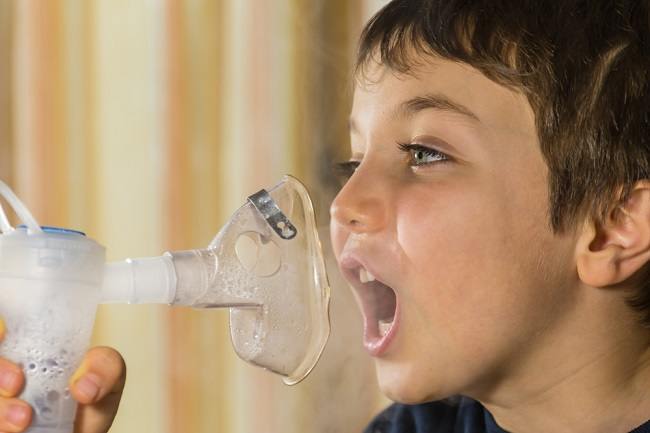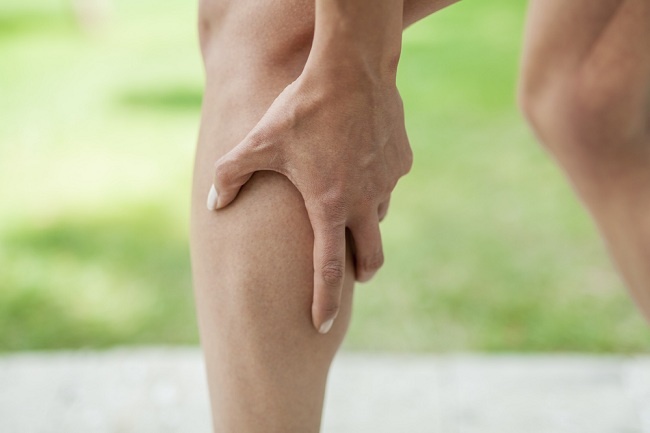Cardiac enzymes are enzymes that play a role in supporting the work of the heart muscle. When damage occurs, such as in a heart attack, this enzyme will increase in number in the blood. By kTherefore, cardiac enzyme tests are often done as a way to diagnose a heart attack.
When someone complains of chest pain that is suspected as a heart attack, the doctor will perform a series of examinations, including cardiac enzyme tests. The greater the number of cardiac enzymes contained in the blood indicates the greater the damage that occurs in the patient's heart.

Recognizing Heart Enzymes
Several types of cardiac enzymes and proteins are often checked by doctors when a person is suspected of having a heart attack, namely:
Creatine kinase (creatine kinase/CK)
This enzyme is found in body tissues such as skeletal muscle, as well as the heart and brain. Elevated CK enzymes can signal a heart attack condition. CK levels begin to be detected in the blood within 4-6 hours after the heart muscle is damaged, and will increase up to 24 hours after a heart attack.
However, CK can also be elevated in other conditions, such as: rhabdomyolysis, infection, kidney damage, and muscular dystrophy.
Troponin
Troponins are a type of protein found in the heart and muscles. There are 3 types of troponin, namely troponin T, C, and I, but which are examined specifically together with cardiac enzymes are troponin T and I. Troponin levels can increase within 2-26 hours after heart muscle damage.
In addition to a heart attack, troponin levels can also increase when there is inflammation and damage to the heart muscle due to other diseases, such as myocarditis. Therefore, now available a special troponin assay called high-sensitivity cardiac troponin (hs-cTn). This type of examination can better detect heart damage from a heart attack.
Myoglobin
It is a protein found in skeletal and cardiac muscles. Myoglobin levels will increase within 2-12 hours after a heart attack, and return to their normal levels within 24-36 hours after a heart attack.
Because it can be elevated in other conditions, myoglobin levels are often checked in conjunction with cardiac enzymes and other heart tests, such as an EKG to diagnose a heart attack.
In practice, the diagnosis of a heart attack is not only based on the results of cardiac enzyme tests, but also requires a physical examination by a doctor, plus other supporting tests, such as ECG, angiography, and cardiac catheterization.
Cardiac Enzyme Examination Procedure
The procedure for checking cardiac enzymes is quite simple and there are no special preparations needed, for example having to fast first or stop taking certain drugs.
However, the doctor will ask some important things, starting from a family history of heart disease or what the patient may have experienced before, a history of taking drugs, to the symptoms the patient felt before performing a cardiac enzyme test.
Basically, this test is very similar to a blood test, with the following steps:
- The doctor or medical officer will tie the patient's arm with tourniquet to slow blood flow and make the veins more visible.
- Medics identify the location of the vein, then clean the area to be injected with alcohol.
- Medics began drawing blood using a syringe.
- After the blood has been drawn and the needle is pulled out of the vein, the medic will apply gauze or plaster to cover the injection site.
Heart Attack Treatment
When experiencing symptoms of a heart attack such as severe chest pain that radiates to the arms or neck, cold sweats, and weakness, the patient needs to immediately go to the emergency room of the nearest hospital to get further examination and treatment from a doctor.
If the results of the cardiac enzyme test confirm that the patient is having a heart attack, the doctor will provide treatment, such as placing an IV and giving oxygen, blood thinning drugs, clopidogrel, and drugs to break the blockage in the arteries of the heart.
In certain cases, after receiving treatment in the ER the patient will be referred to a cardiologist for cardiac catheterization or heart surgery. After that, the patient needs to be hospitalized for monitoring his condition.
During treatment, the doctor will monitor the patient's condition and check cardiac enzymes periodically to assess the condition of the heart.
After being allowed to go home, the doctor will also advise the patient to live a healthy diet and lifestyle in order to maintain his heart health and reduce the risk of repeated heart attacks.









